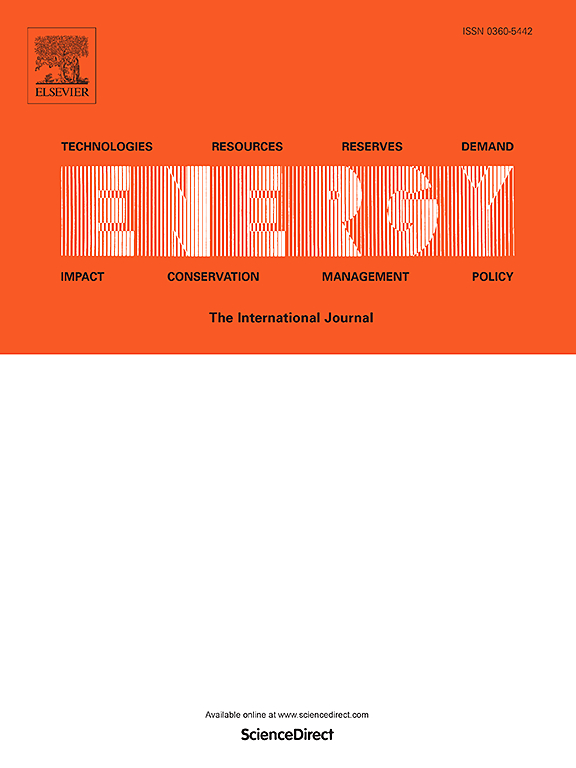用于能源回收规划的废物生产预测中的人口发展情况
IF 9
1区 工程技术
Q1 ENERGY & FUELS
引用次数: 0
摘要
本文章由计算机程序翻译,如有差异,请以英文原文为准。

Demographic development in waste production forecasts for energy recovery planning
The transition to a circular economy is driving dynamic changes in waste management. While many waste fractions cannot be materially recovered, energy recovery remains a viable solution. Planning a long-term sustainable system requires accurate forecasts of waste production and treatment, closely tied to population trends, which pose challenges for smaller territorial units due to data variability. This study analyses the impact of demographic projections on waste production forecasts, focusing on fractions suitable for energy recovery with the territorial detail. The output is the identification of the difference in forecasts including demography development and without this factor. In the Czech Republic, population change of approximately 0.5 % is expected by 2035. Despite this, significant differences emerge at the regional and micro-regional levels. Forecasts at the micro-regional level vary by more than 10 %, with the extreme case where the difference exceeds 30 %. Forecasts indicate that municipal waste suitable for energy recovery will exceed 2600 kt, while the current facility capacity in the Czech Republic is only about 750 kt. Increasing waste-to-energy facility capacities will be necessary. The findings of this study enable targeted planning of new capacities in regions with high expected waste production and thus create a sustainable system of waste management.
求助全文
通过发布文献求助,成功后即可免费获取论文全文。
去求助
来源期刊

Energy
工程技术-能源与燃料
CiteScore
15.30
自引率
14.40%
发文量
0
审稿时长
14.2 weeks
期刊介绍:
Energy is a multidisciplinary, international journal that publishes research and analysis in the field of energy engineering. Our aim is to become a leading peer-reviewed platform and a trusted source of information for energy-related topics.
The journal covers a range of areas including mechanical engineering, thermal sciences, and energy analysis. We are particularly interested in research on energy modelling, prediction, integrated energy systems, planning, and management.
Additionally, we welcome papers on energy conservation, efficiency, biomass and bioenergy, renewable energy, electricity supply and demand, energy storage, buildings, and economic and policy issues. These topics should align with our broader multidisciplinary focus.
 求助内容:
求助内容: 应助结果提醒方式:
应助结果提醒方式:


